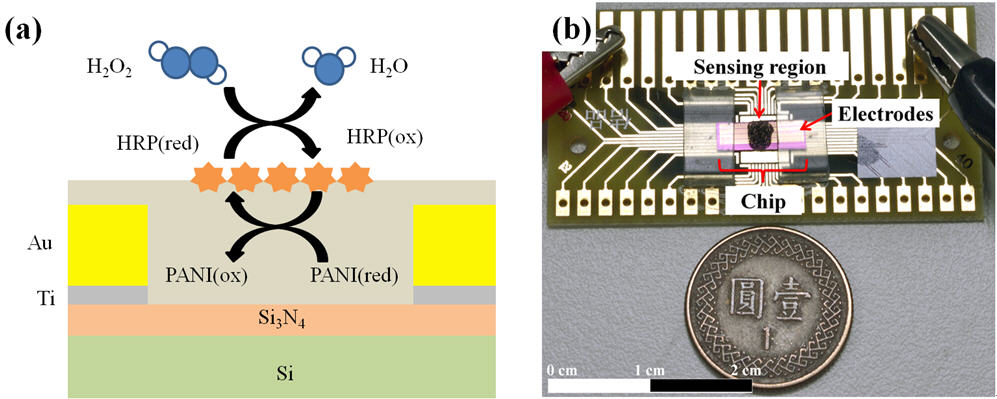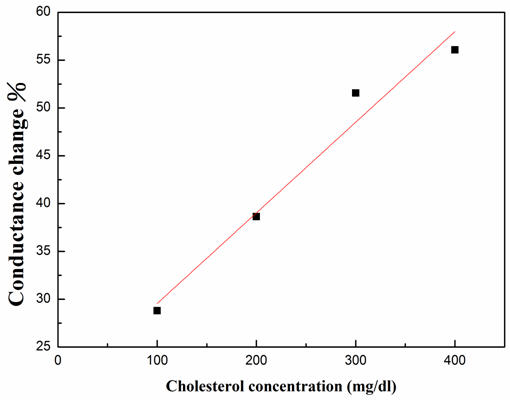(A) AlGaN/GaN High electron mobility transistor (HEMT)-based biosensors:
We have been developing AlGaN/GaN High electron mobility transistor (HEMT)-based sensors and the sensor models for studying ligand-receptor binding affinity and demonstrating various novel applications. And we study peptide-antibody binding affinity with the HEMT-based sensors and elucidate the number of binding-sites and the corresponding dissociation constants. The result was very encouraging as shown in Figure 1, and published in the renowned journal “Biosensors and Bioelectronics.” [Link]
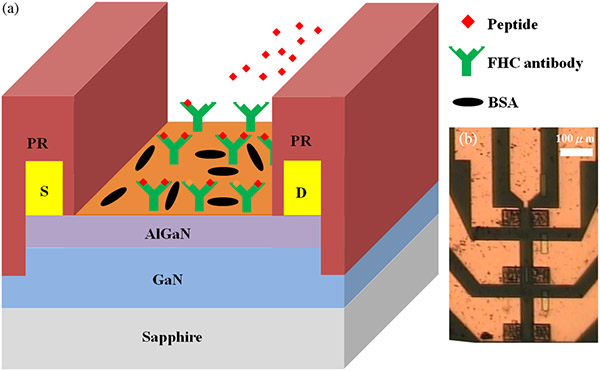 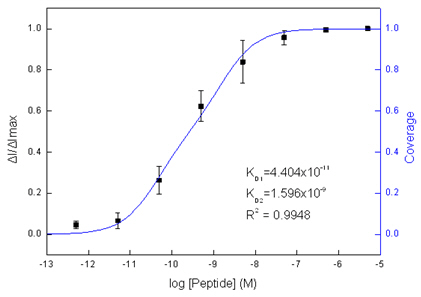
Figure 1. (a) IgG antibody-immobilized sensor (b) Number of the binding sites and the corresponding dissociation constants are elucidated from the analysis of the signals with the the sensor model.
We have also demonstrated that the method we develop can be used for HIV drug development. The FDA approved HIV drug, efavirenz, was shown to bind only one binding-site on the HIV RT enzyme, and the dissociation constant was also resolved, using our sensor as depicted in Figure 2. This work successfully shows that the conventionally time-consuming and costly drug development can become quick, efficient, and cheap process, by using our devices and developed methods. This work was published in Applied Physics Letters. [Link]
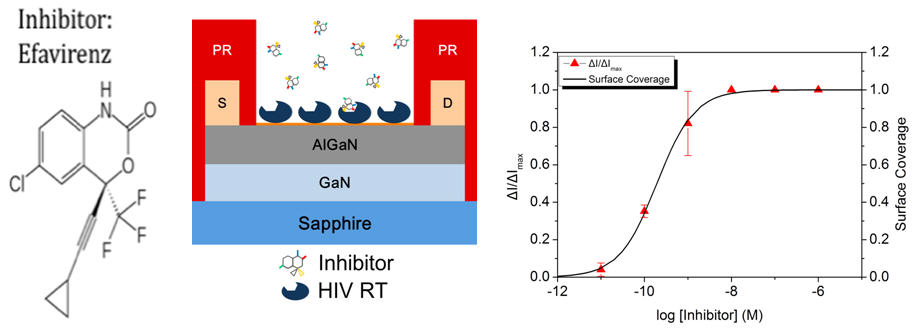
Figure 2. (left) The FDA-approved HIV drug (center) The schematic of the HIV RT enzyme-immobilized sensor (right) The sensor signals perfectly fit into the one-binding site model.
In addition to the assist drug development, we also use the HEMTs to study the binding affinity between SARS protein and dsDNA. The results are very consisten with exsiting literature. This work can facilitate the understanding of the SARS virus using the advantages of the HEMT-based sensors. This work has been published in the renowed journal “Sensors and actuators B: chemial”. [Link]
Besides studying the binding affinity with our HEMTs, we have also found an interesting phenomena that the devices can response to polar liquids which have different polarity and viscosity. This turns out that we can use HEMTs to measure the viscosity of polar liquids in a very tiny volume. The interesting work was quickly published in the renowned journal “Journal of Applied Physics”. [Link]
|




